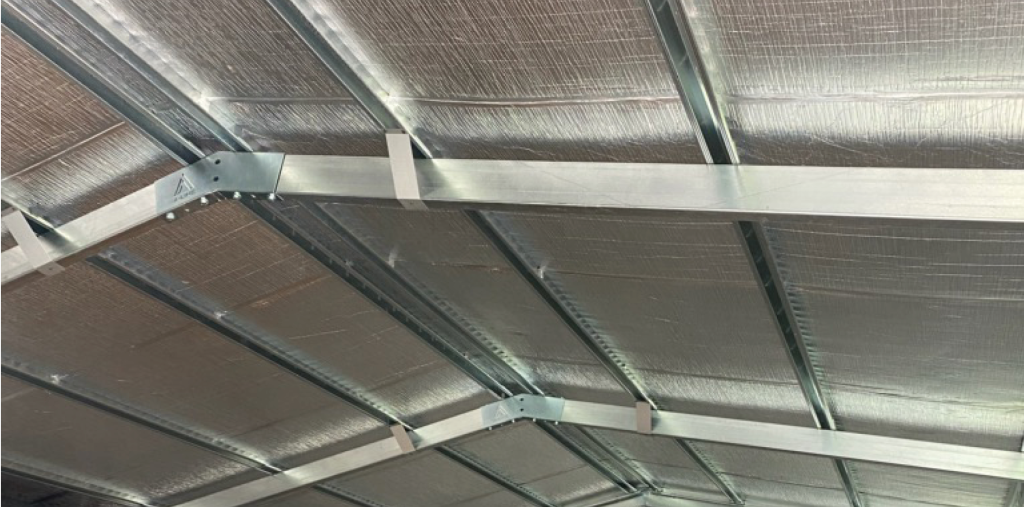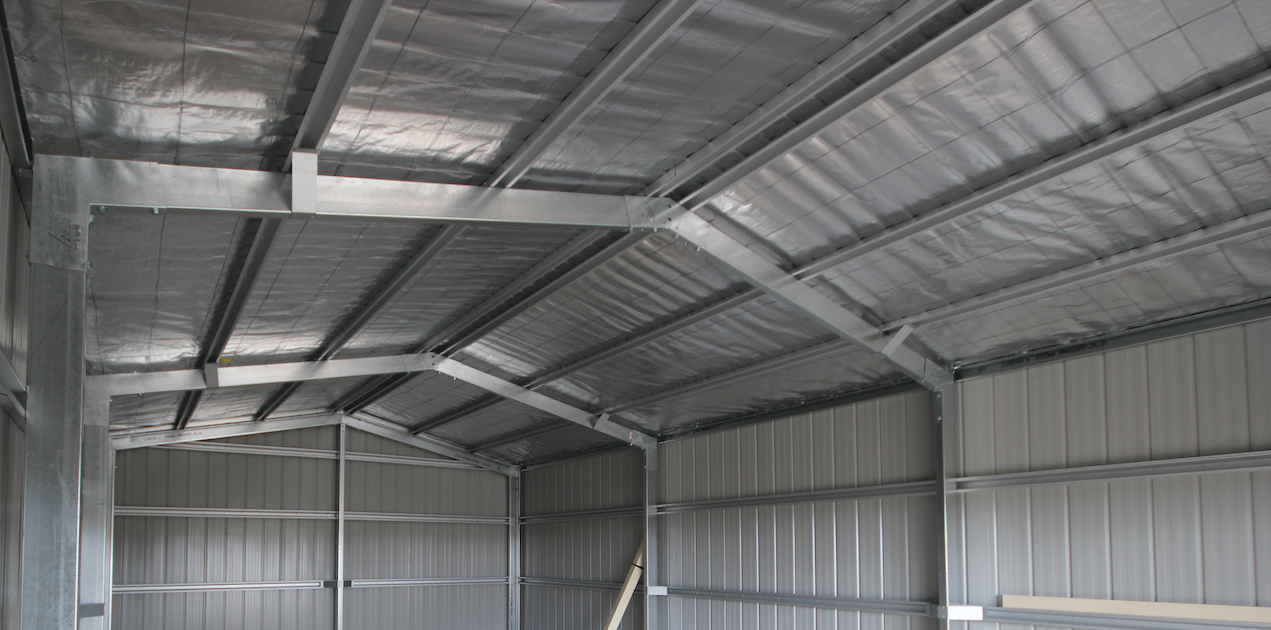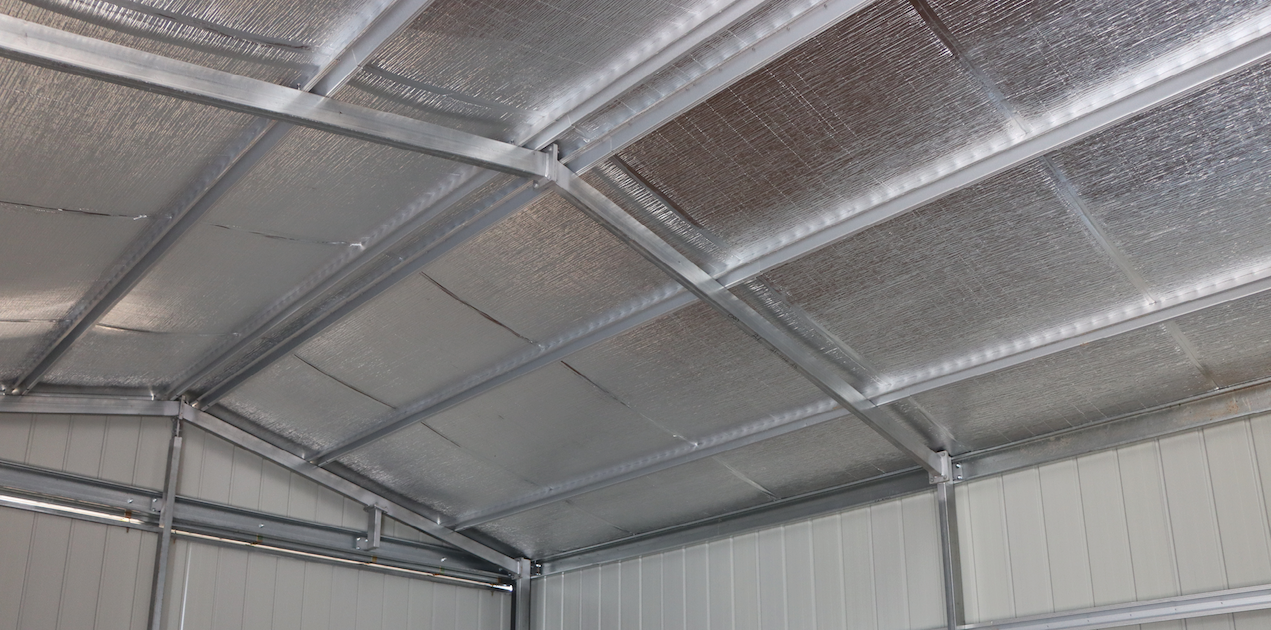
Insulating your shed may not be the first thing you think of when you start building your new shed, we typically insulate houses because we live in them. Most of the time sheds aren’t spaces that are lived in, they’re mainly used for storage or workshops that may not be constantly used. However, as sheds are made of metal, they are temperature susceptible and the internal temperature can be heavily affected by the external temperature, which won’t make spending time in your shed enjoyable. This is where insulation can be a helping factor, as not only will the internal temperature of your shed affect you, but it will also affect anything stored inside.
The two most common shed insulation options are sisalation and air-cell insulbreak. Both serve the same purpose of reflecting heat on a hot day and trapping heat on a cold day but differ in their make and how they work. So which option is the best solution for your shed? Keep reading to find out.
Sisalation
Sisalation is a form of insulation also known as sarking or silver blanket. The sisalation sits between the roof of your shed and a layer of wire to reflect radiant heat and provide a barrier that helps prevent corrosion and maintain a comfortable temperature in your shed. Laminated by a reflective foil with an anti-glare coating, sisalation provides an effective barrier against wind, moisture, vapour and heat. Sisalation is also bonded with a flame retardant adhesive, which helps make it suitable for use in bushfire areas with a Bush Fire Attack level (BAL) of 0-40 in accordance with AS 3959-2009.

Air-Cell
Air-Cell is the most common type of shed insulation. It’s a strong, tough, durable, 3-in-1 insulation, thermal break and vapour barrier for your shed. Australian made Air-Cell is fibre-free, non-allergenic, non-irritant, water resistant and unaffected by moisture, as well as being anti-bacterial, anti-fungal/non-hazardous/non-toxic and rodent and insect resistant. The insulation complies with AS/NZS 4859.1:2-18 and is CodeMark-certified for NCC compliance, so you know it’s safe for your shed. Air-Cell helps to reduce thermal bridging and conductivity between the building elements of your shed and is manufactured with a patented physically cross-linked, closed-cell foam structure sandwiched between high reflective foil surfaces, all to help keep your shed at a comfortable temperature.

Now that you know the key differences between each type of shed insulation, the choice is up to you to decide which one suits your shed and needs best. If you are still a little unsure which one will be best, our friendly team is here to help and answer any questions you may have. Contact them today.
